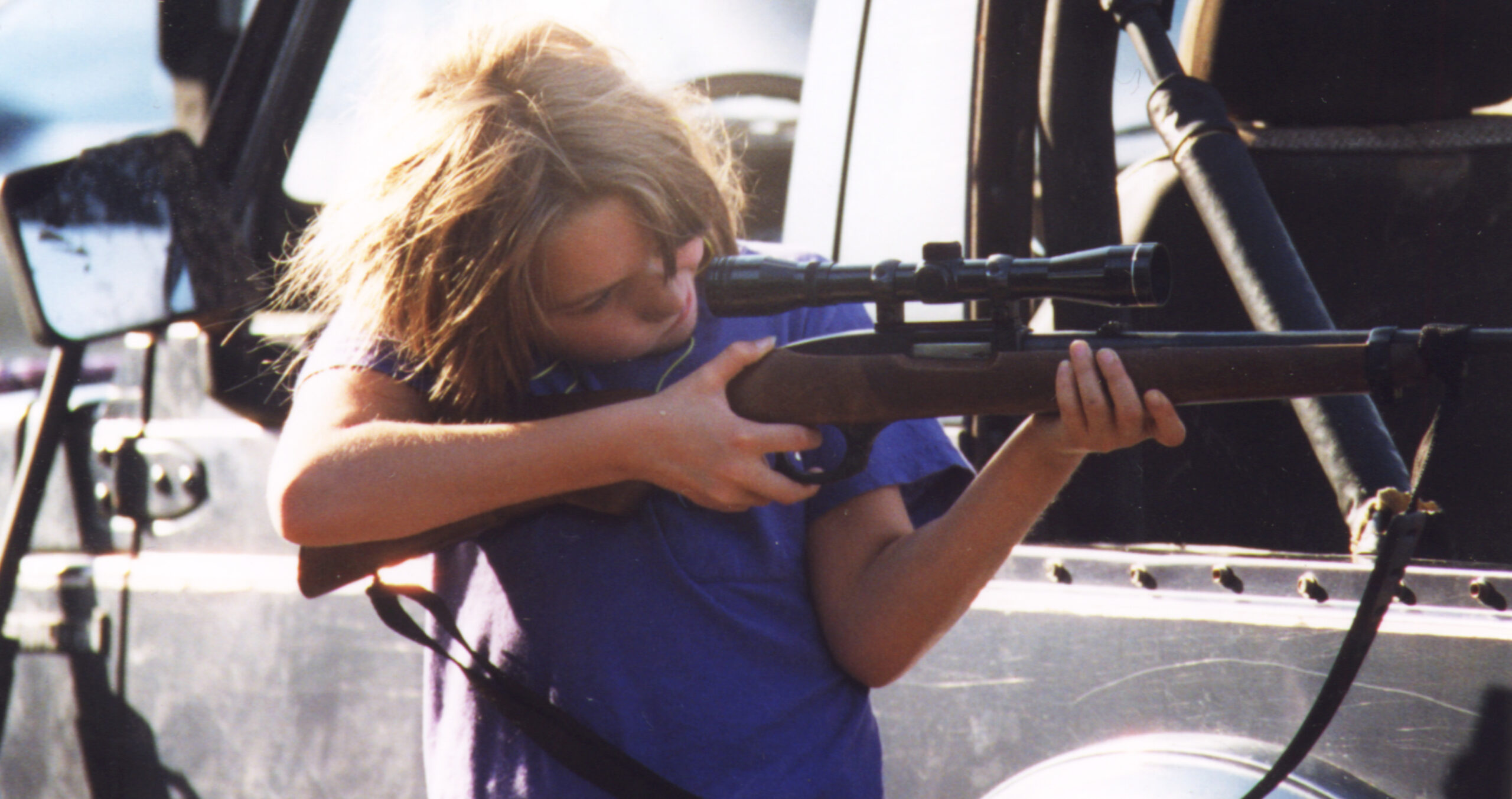“All children will venture forth from the home sooner or later and with or without the parents along for protection, so it would seem to be incumbent on parents to give children the training, experience, and information that will allow them to protect themselves in the face of dangers, both expected and unexpected.”
– Mark Slagle
From the archives: The original post was posted on 28th April, 1995
“But suppose you have kept everything locked away, and thus protected your child from the dangers, and one day, when you happen to be using the bleach, the phone goes/you hear a piecing scream/something else happens whose effect is to make you rush off, leaving the bleach in a more accessible place than usual. And suppose your child discovers it. What would your child do? Who knows? He has no information about it. He might well have no idea of the danger. …
Where real dangers are concerned, using coercive strategies is particularly unwise because it may be putting the child in danger. I’d feel much safer knowing that the reason a child is not touching the bleach is that bleach is nasty stuff, than that the parent had forbidden it. For who knows what the coerced child might do the moment the parent’s back was turned.”
I think that this point is crucial the safety and well-being of children. When considering the possibility of a child getting hold of some dangerous thing or substance, call it D, it is a quite natural parental response to try and child-proof D in order to avoid potential problems. Indeed, any responsible parent will certainly try to make a child’s environment as safe as possible, without completely isolating the child from reality.
But Sarah makes an important observation. No matter how good a job a parent does in child-proofing item D, it is still the case that a parent’s responsibility is to D-proof the child as well. A parent can’t be everywhere at once; even in their own home. Any parent can be distracted, and any child can turn out to be more ingenious at foiling even the very best and most effective security measures (as any parent can surely attest). Even if a parent is 100% effective at creating a child-proof home environment, the child will still not be safe, unless the parent is over-protective enough to keep the child home under lock and key at all times. All children will venture forth from the home sooner or later and with or without the parents along for protection, so it would seem to be incumbent on parents to give children the training, experience, and information that will allow them to protect themselves in the face of dangers, both expected and unexpected.
As a concrete example, suppose we let D be equal to gun. Former policeman and noted firearms and self-defense expert Massad Ayoob has written, in addition to his many books and manuals for instructing adults, a very special little booklet which he calls Gun-Proof Your Children. In it he takes what I judge to be the most sensible attitude toward protecting children from the dangers of firearms accidents. As Ayoob says in his dedication to the pamphlet, it was written with his own daughters in mind, and he practices what he preaches.
Ayoob observes, “Just telling the little ones not to touch the guns isn’t enough.” Also, “Banning guns from your own home won’t do it, unless you can effectively forbid your children to ever play at their friends’ homes…. The child should be prepared for the playmate who reaches into his daddy’s drawer and comes out with a real, loaded .38…”
“Swimming instructors teach ‘drownproofing’ to children and even infants. They know that one day the kid is going to find itself in a swimming pool or a river when Mom and Dad, and maybe even the kid, didn’t intend for them to be there. Accordingly, the child learns how to survive in a life-threatening situation. This is the only sane approach to take to children and firearms safety…”
“Remember, you don’t need to make your children target shooters to gunproof them! My own daughter has no inclination to be a carpenter, but know how powersaws operate; she doesn’t intend to be an electrician, but she knows the dangers of electricity; she has no plans for a medical career, but she is learning first aid. All those things, like the gun, are a part of everyday life in America. I wanted my child to be able to recognize any dangerous thing that might threaten her, to be ready to cope with any potentially threatening situation. Thus came her knowledge of powersaws and electrical outlets and first aid… and of the gun.”
Finally, Ayoob makes the compelling point: “The bottom line is this: YOU CANNOT CHILDPROOF … GUNS. Firearms are designed to be used by conscripted soldiers, and an unspoken criterion of their design is that they be operable even by an idiot under stress…. The answer comes down to one stark and basic truth. If we cannot keep our children away from guns, if we cannot make EVERY gun they might ever come near childproof, only one solution remains. Instead of childproofing guns, we must gunproof children…”
“There is no safety in ignorance.”
For those interested in reading the full text of the argument, the booklet from which the above extracts have been lifted is published and can be obtained here.
See also:
- “Are you advocating that the children should rule the parents?!”
- Free to learn: the immorality of compulsory schools
- Can an emotion be wrong?
Mark Slagle, 1995, ‘There is no safety in ignorance’, https://takingchildrenseriously.com/there-is-no-safety-in-ignorance/
